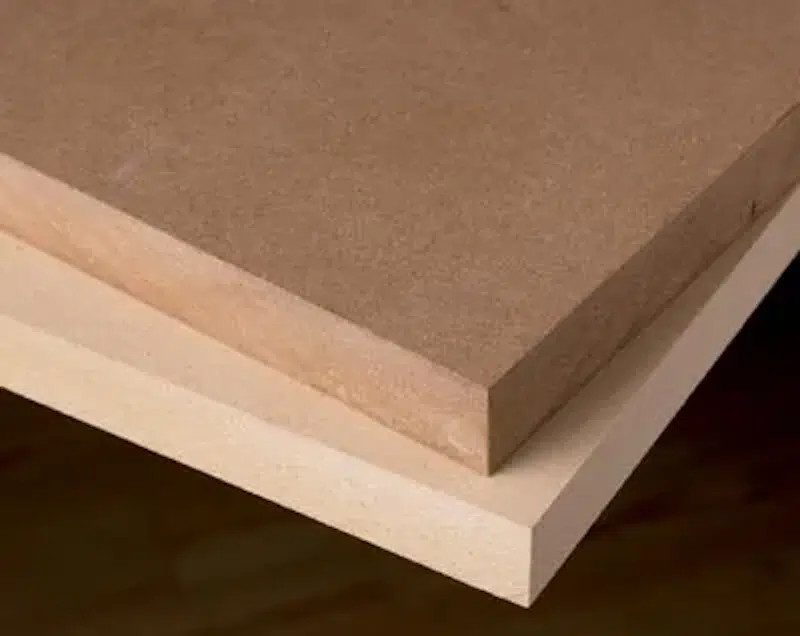HDF Core vs MDF Core
In the world of flooring materials, making an informed choice can be challenging. When it comes to flooring cores, two contenders are HDF (High-Density Fiberboard) and MDF (Medium-Density Fiberboard). However, not all HDF is created equal. In this blog, we will explore HDF core vs MDF core flooring and the unique advantages of HDF cores. The infusion of melamine by our manufacturer, a commitment to enhancing water resistance that not all manufacturers share. Moreover, our HDF flooring meets some of the world’s strictest VOC emission standards, ensuring a healthy indoor environment.
Understanding HDF Flooring
Before diving into the benefits of HDF with melamine treatment and low VOC standards, let’s first distinguish between HDF and MDF:
1. HDF (High-Density Fiberboard): HDF is engineered wood made from exploded wood fibers, wax, and resin, compressed at high pressure to create a dense, durable sheet. It is widely used in flooring applications.
2. MDF (Medium-Density Fiberboard): MDF, similar to HDF, consists of wood fibers, wax, and resin. However, it is less dense than HDF due to a lower compression process. MDF is primarily used in furniture and decorative elements but is less suitable for flooring.
The Advantage of HDF with Melamine Treatment
1. Unmatched Water Resistance:
While HDF is already a durable choice for flooring, our manufacturer goes the extra mile by impregnating melamine into the HDF. Creating Hydracore HDF! Melamine is a synthetic resin known for its exceptional water-repellent properties. This infusion of melamine ensures that our HDF flooring products are a lot less prone to moisture damage. This feature is especially valuable in moisture-prone areas like kitchens and bathrooms, where spills and splashes are common.
2. Exceptional Durability:
HDF, with or without melamine treatment, offers remarkable durability. It resists dents, scratches, and wear and tear, ensuring that your floors maintain their beauty even in high-traffic areas.
3. Precision Milling and Installation:
HDF’s density allows for precise milling, resulting in precisely cut and engineered flooring pieces and joints. This precision simplifies installation and ensures a tight, waterproof and seamless fit between planks, eliminating gaps and improving the overall appearance of your floor.
4. Stability in Changing Conditions:
HDF with melamine maintains its dimensional stability, resisting expansion and contraction due to changes in humidity and temperature. This stability ensures that your flooring remains flat and secure over time.
5. Smooth Surface Finish:
HDF’s dense composition, combined with melamine treatment, results in a smooth and even surface. This provides an excellent base for laminating, painting, or applying veneers, allowing for various design options.
6. Low VOC Standards for Healthier Indoor Environments:
In addition to water resistance and durability, our HDF flooring meets some of the world’s strictest VOC emission standards. Volatile Organic Compounds (VOCs) can have adverse effects on indoor air quality and health. Our commitment to low VOC emissions ensures that your indoor environment remains healthy and comfortable.
Conclusion:
When choosing flooring materials, not all HDF is the same. At our company, we take great pride in offering HDF flooring solutions that set new standards in water resistance, thanks to the infusion of melamine by our manufacturer. Elevate your interior design to new heights by choosing HDF cores with melamine treatment for your flooring needs. Experience the difference that unmatched water resistance, durability, and low VOC standards can make in maintaining the beauty and health of your indoor environment, especially in moisture-prone areas.


